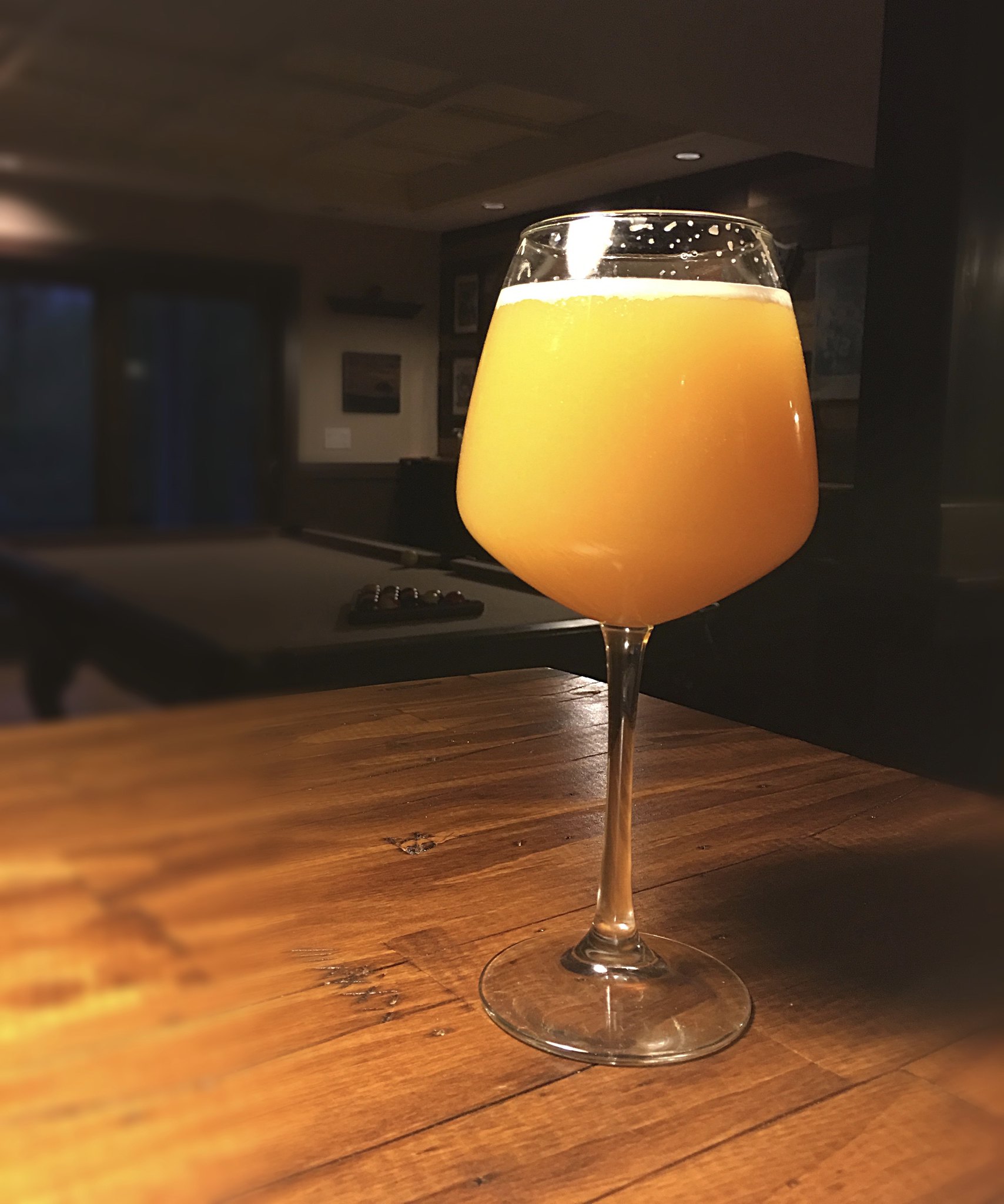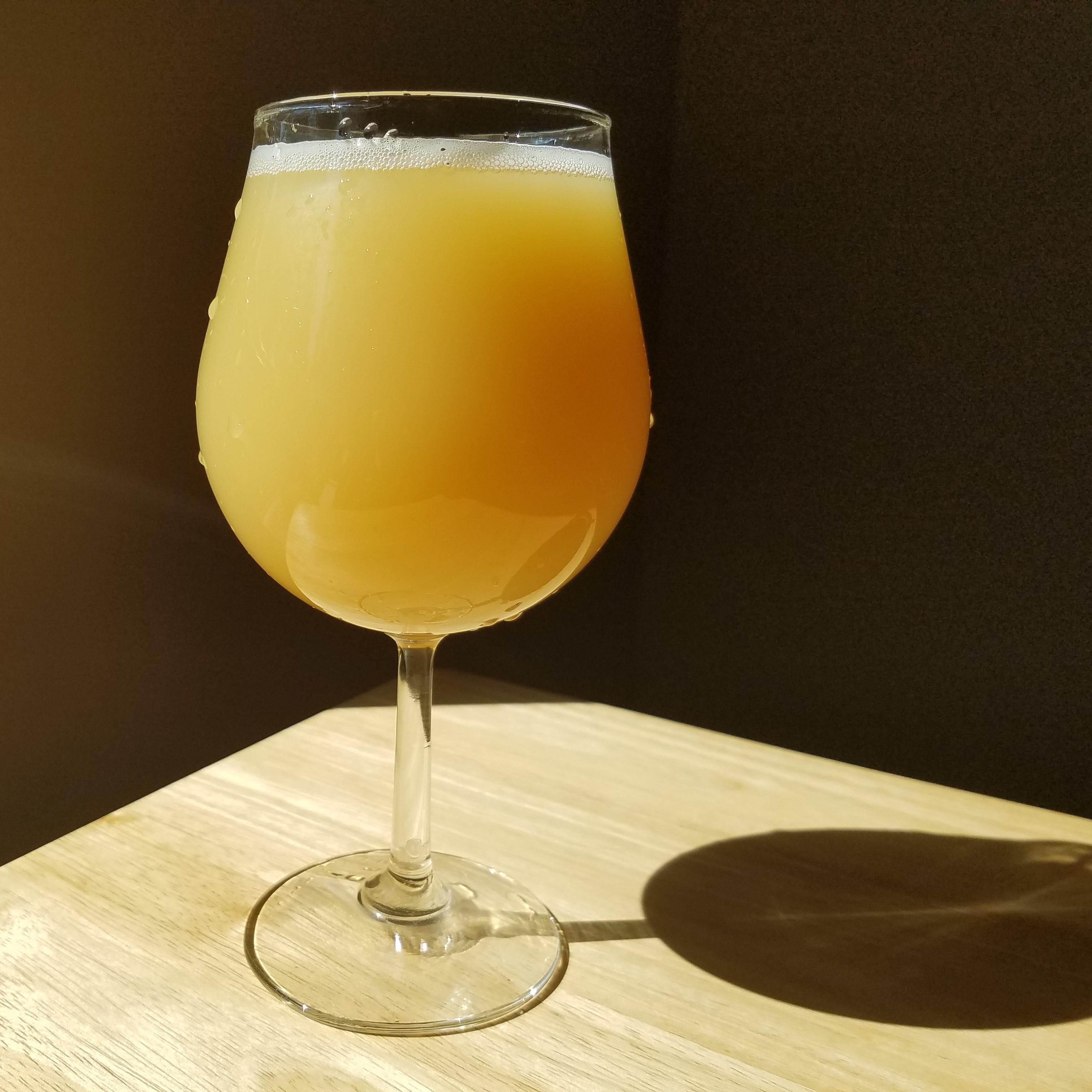craftbrewguru
Member
- Joined
- Apr 11, 2017
- Messages
- 6
- Reaction score
- 1
this beer looks incredible, what grain bill are you going with for this recipe?
The 100 micron removes everything but still leaves all the good stuff IMO. I don't get hop matter in any of my first pours and I don't cold crash. They have been pouring like this since the first one!
View attachment 399577









![Craft A Brew - Safale S-04 Dry Yeast - Fermentis - English Ale Dry Yeast - For English and American Ales and Hard Apple Ciders - Ingredients for Home Brewing - Beer Making Supplies - [1 Pack]](https://m.media-amazon.com/images/I/41fVGNh6JfL._SL500_.jpg)


















































